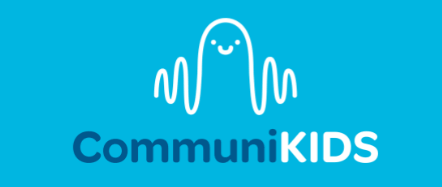Minimal Pairs Therapy
Minimal pairs are an approach to speech sound therapy involving sets of two words that are different by one sound. The words typically consist of the sound the child says in error and the sound the speech therapist is supporting the child to say. For example, if the child says all their ‘k’ sounds as ‘t’, a minimal pair would be ‘cap’ and ‘tap’. These cards usually have an image of the word on them as well to support comprehension of the word meaning.
Speech therapists will often use minimal pairs with children who are displaying patterns with their speech, such as always producing sounds that are typically said at the back of the mouth (k, g, sh) at the front (t, d, s). This approach helps the child recognise the difference in sounds and how changing a sound within a word can change the word meaning.
Minimal pairs therapy has three key steps to it. These are:
Familiarisation: The child is taught the meaning of the words and is introduced to the different sounds. The speech therapist may use a metaphor to talk about the sound, such as ‘snake sound’ for s, or may talk about the type of sound, such as ‘front sound’ for t and ‘back sound’ for t.
Discrimination: At this stage, the child is asked to listen to words and identify which one the therapist is saying. For example, if the therapist says ‘cap’, the child would be expected to pick up the picture of the cap. This stage helps familiarise the child with the differences in sounds and begins to help them discriminate between 2 similarly sounding words.
Production: At the production stage, the child is asked to say the word themselves. The therapist uses a variety of cues, such as pragmatic cues (looking confused when the child makes an error) or placement cues (explaining the placement of different parts of the mouth to achieve the sound). Every so often, the therapist might remind the child of the different meanings, such as by saying, ‘Tap? We don’t wear a tap, we wear a…’.
For further information, head over to Caroline Bowen's website for more information on speech sound disorders and therapy, as well as some great resources for parents.
References
Baker, E. (2010). Minimal pair intervention. In A.L. Williams, S. McLeod & R.J. McCauley (Eds.), Interventions for speech sound disorders in children (pp. 41-72). Baltimore, MD: Paul H. Brookes.
